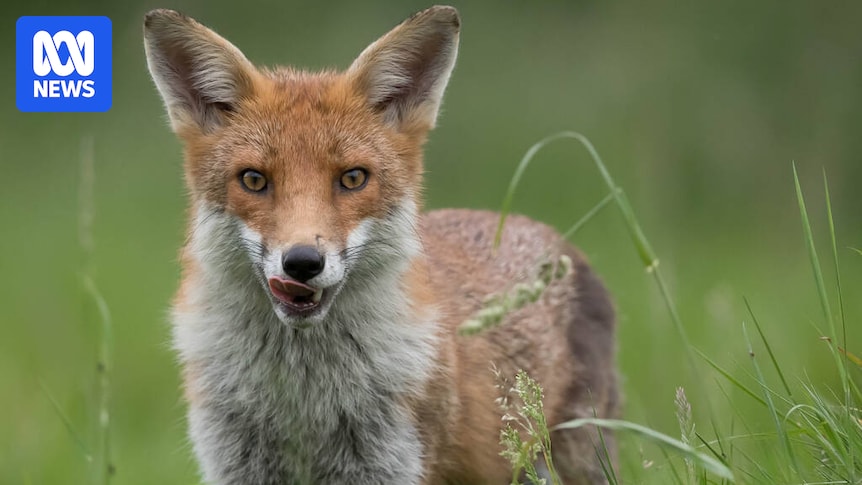A nationwide program has mapped how foxes spread from south-eastern Australia to as far away as the Pilbara in just 70 years.
The research, from the University of Adelaide’s Environment Institute and Curtin University, used historical records and DNA evidence to follow the pest animal’s movement since their introduction to the country.
The study’s first recording of foxes being released in Australia was in Geelong in 1870.
Lead author Sean Tomlinson said foxes then went on to colonise all land in Australia suitable for them to live in by 1940, including land in the north-west of Western Australia.
The study showed foxes were able to spread rapidly from their first introduction. (Supplied: Sean Tomlinson, Diversity and Distributions, Volume: 31, Issue: 10, First published: October 17, 2025, DOI: (10.1111/ddi.70095))
“Foxes are already understood to be hugely adaptable, and along with cats, are the main extinction driver for most Australian species,” he said.
“It’s stark when you see foxes spreading like a plague across Australia and you see the numbers accumulating to 1.7 million foxes in the mid-20th century.”
The study used historical records, media reports and DNA testing to paint a picture of how the animal spread.
Dr Tomlinson said the first foxes were brought to Australia for hunting purposes.
Foxes were found as far north-west as WA’s Pilbara region by 1940. (Supplied: Bronwyn Hradsky)
“In a colonial Australia, a sort of British aristocracy wanted to have foxes to hunt,” he said.
“There were quite a few early efforts to bring foxes to Australia for that purpose before they took off and became the pest species they are today.”
Mapping Australia’s pests
The mapping of foxes is part of a wider project by the Environment Institute to track the movements of pest animals since their introduction to Australia.
Future animals to be mapped include feral cats and rabbits.
The number of foxes in Australia grew quickly, before steadying. (Supplied: Sean Tomlinson, Diversity and Distributions, Volume: 31, Issue: 10, First published: October 17, 2025, DOI: (10.1111/ddi.70095))
Environment Institute director Damien Fordham said the research’s goal was to plan future conservation efforts for vulnerable Australian mammals.
“What we hope then is to be able to use that information for restoration and to be able to reverse the population declines of so many animals in Australia,” he said.
Dr Fordham said it was hard to attribute extinctions directly to feral animal predation, but foxes in particular had been linked to 16 native mammal extinctions since their introduction.
A feral cat near Tilpa in far western NSW. (ABC Broken Hill: Bill Ormonde)
“By having historic maps and high resolution reconstructions of the colonisation of Australia by invasive species, it gives as an inkling or an insight into how we lost so many species so quickly,” he said.
“It also gives us an idea of why in some places some species were able to hold on for longer.”
Foxes ‘here to stay’
Much of Australia’s fox management is undertaken by local environment groups, like landscape boards.
The Centre for Invasive Species Solutions director of research, development and engagement John Virtue said foxes were here to stay and protecting native animals and primary production had become the focus.
John Virtue says collaboration between landholders and environment authorities is vital for fighting foxes. (Supplied: Centre for Invasive Species Solutions)
“Foxes are very widespread across Australia, across about 80 per cent of the continent,” he said.
“When a pest is very widespread, you’re not really going to try and contain its further spread.”
Dr Virtue said authorities around Australia had tried for years to “outfox the foxes”.
A pair of foxes spotted in suburban Brisbane earlier this year. (Supplied: Mark Wolton)
“You don’t realise there’s an average of four-to-eight foxes per square kilometre in a temperate area,” he said.
“Urban areas have got the highest numbers because there’s plenty of food sources available, so you’re dealing with a lot of foxes and most people don’t realise how many are in their local neighbourhood.”

